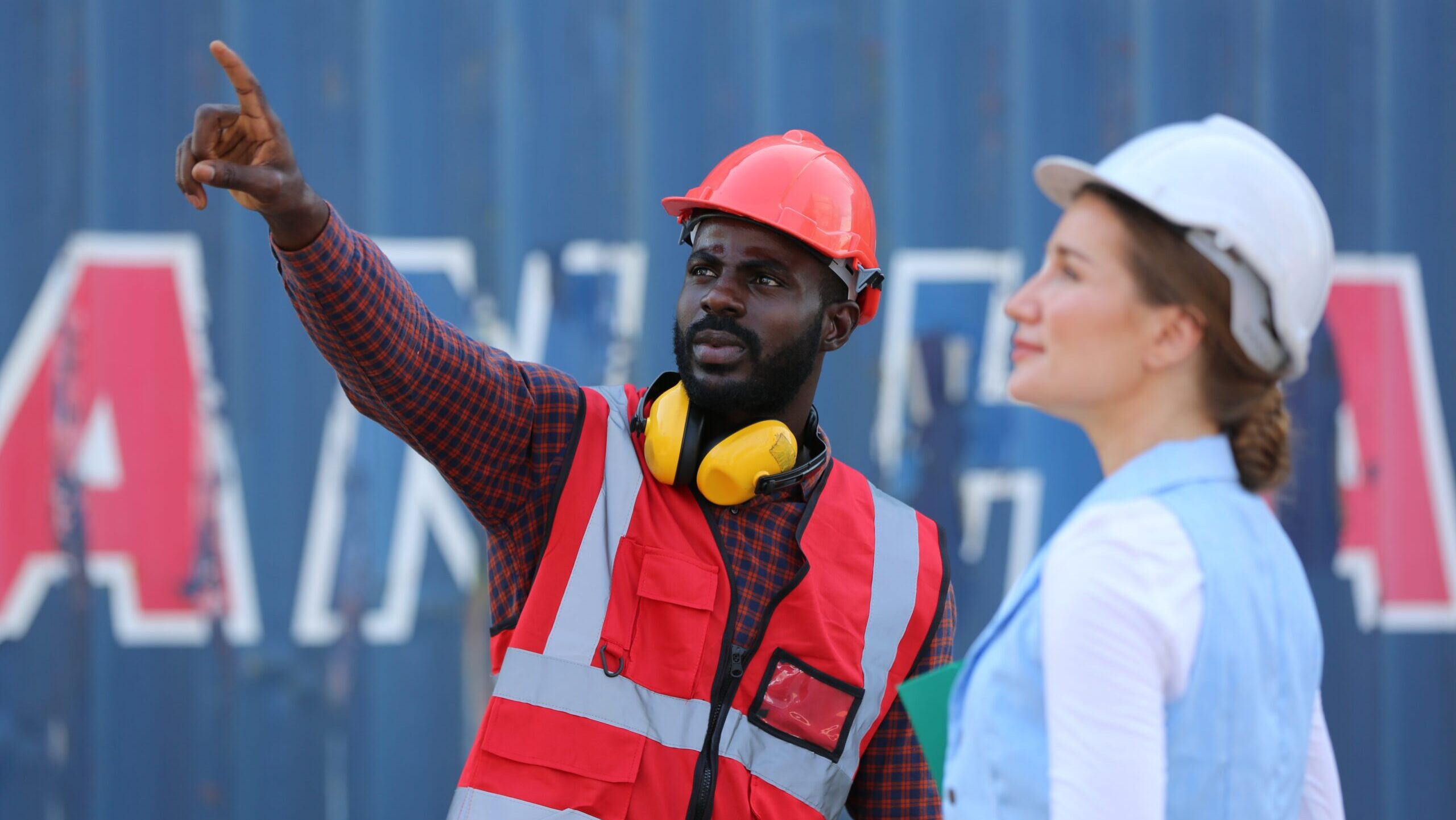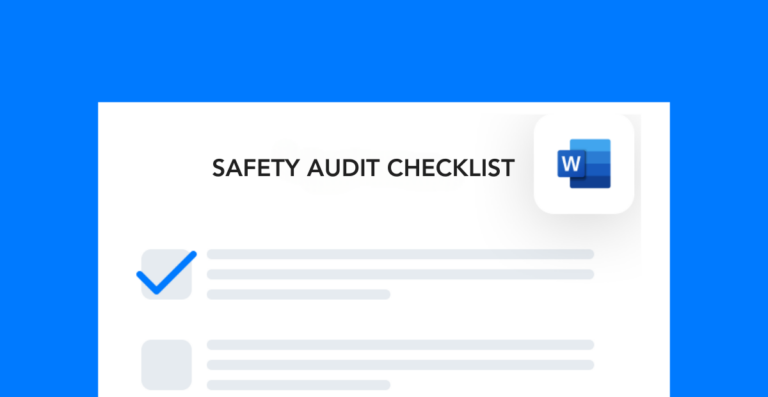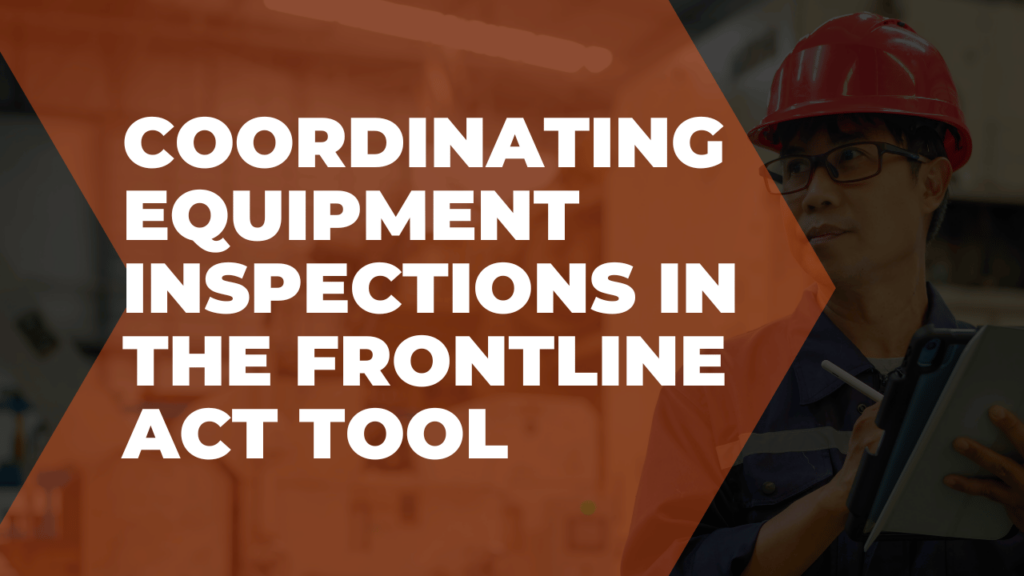With changing weather conditions in the fall season, as a result, workplace safety needs change as well. Make sure your workforce and your facility is prepared for autumn safety hazards by sharing and implementing these fall safety tips. For a deeper dive, check out our collection of 200+ safety tips for even more ideas!
Free Checklist!
Downloads this free safety audit template to use as a starting point for your next walkthrough.
Tips for Workers
Personal safety is always a theme you should be communicating with your workers. Also, there is only so much you can do to prepare them for a safe shift. With these fall safety tips, you can help employees prepare for changing weather conditions and remind them of site policies as well.
1. Always keep spare clothes on hand in case temperatures drop unexpectedly.
2. Layer clothing to ensure you don’t overheat, even when it’s cooler outside.
3. Keep your eyes on your path to avoid tripping over mats, slipping on ice, etc.
4. Ensure that you’re wearing appropriate footwear for autumn ground conditions and temperatures.
5. Consider getting a flu shot during the fall season to protect yourself against seasonal illnesses.
6. Keep hand sanitizer at your workstation, bag, or elsewhere to avoid spreading germs to others.
7. Continue to stay hydrated, opting to bring warm beverages in addition to water as the weather cools.
8. Avoid wearing loose layers when working around rotating machinery such as conveyor belts.
9. Hang up or tuck away your coats and jackets to avoid creating trip hazards in work areas.
Autumn Safety Tips for Leadership
Fall is the perfect time to finish any ongoing maintenance projects around your facility. But you’ll want to be proactive. If you live in an area with harsh winter conditions, it’s important that you close out projects before the weather turns.
In addition,use this time of year to restock and replace emergency equipment, audit building conditions, and invest in upgrades to your facilities. Here are some fall safety tips for making improvements in the fall.
10. Communicate with your employees what kinds of cold weather PPE are allowed onsite and which are not—things like space heaters, hand warmers, gloves/mittens, hats, etc.).
11. Keep sidewalk salt on hand in case of unexpected ice accumulations in pedestrian areas.
12. Check gutter systems at your facility to ensure they’re properly diverting away from the foundation.
13. Complete or shut down all outdoor maintenance projects before the weather turns.
14. Fill any major potholes in your site’s parking lot before they’re covered by snow during the winter.
15. Keep the pedestrian areas free of fallen leaves to eliminate potential slip hazards.
16. Inspect your site’s heating system to ensure its effectiveness before cold temperatures settle in.
17. Double check that outdoor emergency supply containers are well-stocked with blankets, hand warmers, first aid kits, and more.
18. Inspect reflective gear like trailer yard jackets and vests, replacing any that are too worn out.
19. Audit your emergency flashlights to confirm fully charged batteries and keep extras on hand.
20. Make sure anyone using a ladder to decorate during the holidays has inspected it beforehand.
21. Secure and cover outdoor equipment and furniture to prevent damage from high winds and freezing temperatures.
22. Audit all your site’s stop signs, walkways, and entrances for improvement opportunities.





